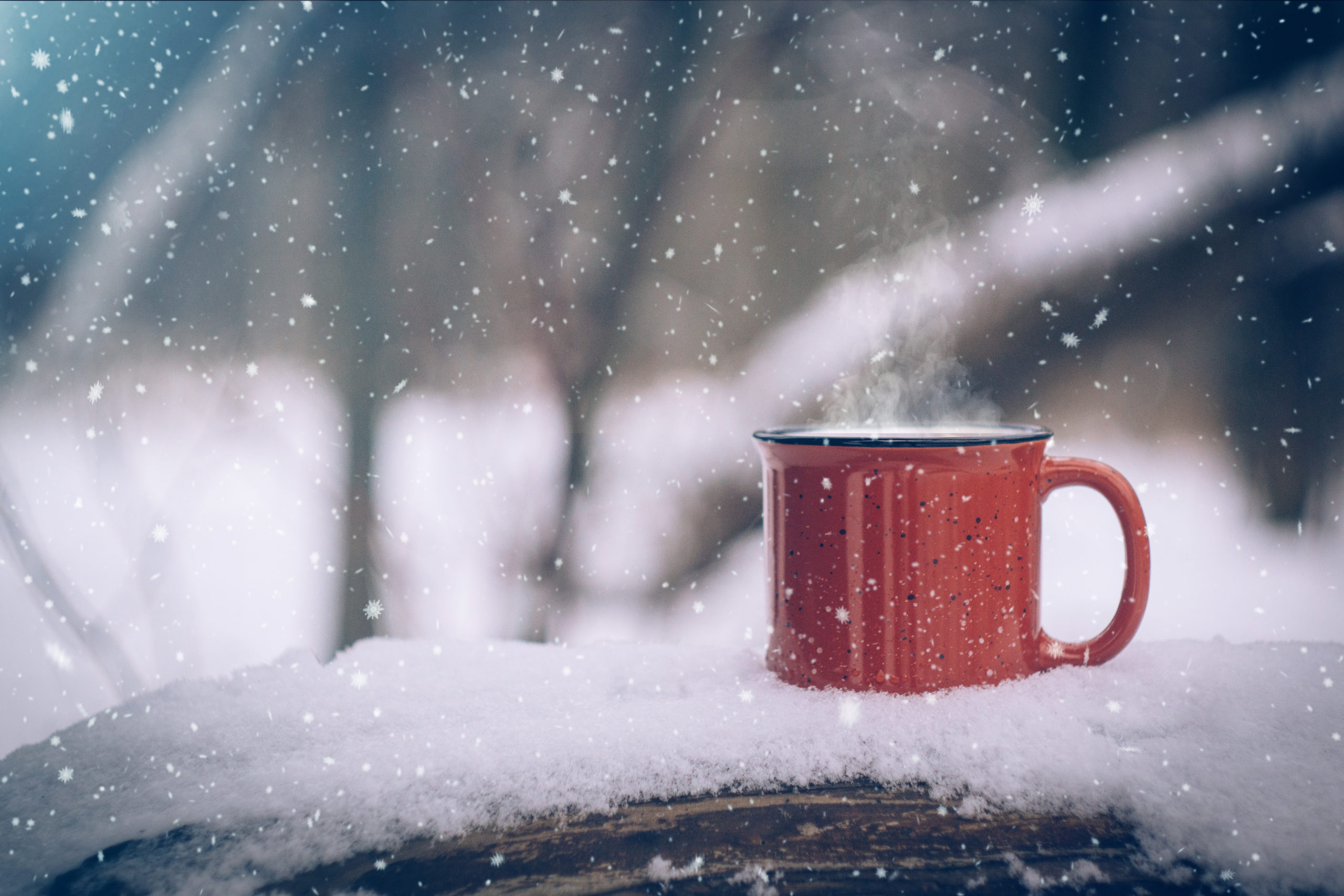Many times we speak of ancient grapes and antiquitous wine stylings on the blog here, but nothing (well, BC wine production evidence itself aside) is as old, nor still beloved after all this time, as mulled wine.
Mulled wine is celebrated today to recognize the long standing tradition of enjoying wine in this method since the 2nd century.
Tradition has it that the Romans would heat and spice their wine to defend against the winter cold, and as they expanded their empire to the majority of greater Europe, the love of the tincture was spread far and wide, with the resonant waves of time still rippling with that love to this day.
It is said the origin of mulled wine is actually attributed to the Greek father of medicine, Hippocrates, and was a tonic of honey, wine and spices. The Romans added the heating of the beverage for health purposes, and that tradition continues to this day.
Mulled wine has seen many iterations over time; at one point in the middle ages, it was also warmed with botanical flowers to assist in additional flavoring of the wine alongside added health benefits, and in the 17th century, a very famous iteration was printed in Elizabeth Raffald’s “The Experienced English Housekeeper” that contained eggs and nutmeg and was served alongside dry toast.
Any fans of sangria today can thank mulled wine for that cold-served regional variation. As well, there are other regional iterations that exist today, like Canada’s maple syrup infused version, Hungary’s Amaretto amped-up take, or Bulgaria’s honey and peppercorn laced beverage.
Leading up to the 19th century, the Swiss went on to eclipse most other countries for innovations in the mulled wine world: Lutendrank is a milk, spices and wine creation, Claret is their variation with sugar, spices, honey and wine, and by the end of the 19th century the infamous Glögg which went on to have thousands of recipe variations and ultimately become sold pre-bottled around christmas with Santa imagery on the labels in most of greater Europe.
Today, our favorite version comes from this specific set of mulling spices that can be purchased online through the San Francisco Herb Company, heating them with a simple syrup before adding the wine to finish (red or white) with the recommendation of an orange peel or wedge for garnish.
So cheers today, on this cold March 3rd! Warm your soul and enjoy the health benefits of a glass off mulled wine on this day (or any other cold days in the coming weeks before spring begins).

